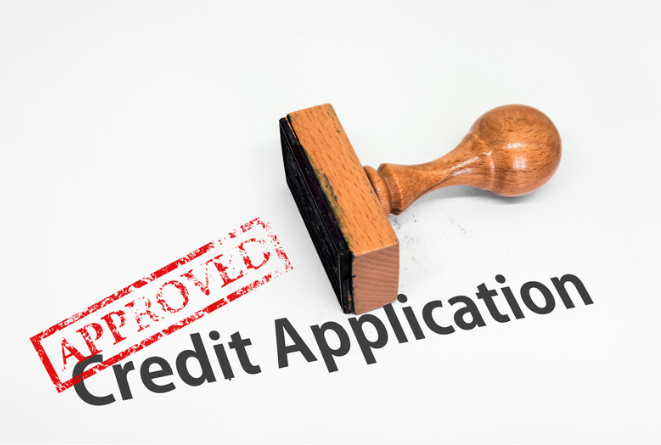For centuries, extending credit has been a cornerstone of U.S. business. While it can foster trust and facilitate transactions, extending credit also carries the risk of bad debt. Businesses need a reliable way to assess creditworthiness before extending credit. Enter the Five C’s of Credit: a framework used by credit professionals to evaluate businesses seeking credit.
In this article, we will discuss the Five C’s of Credit and how they can assist in determining whether conducting business with a customer is a wise decision.
The Five C’s
Character: Referring to a company’s reputation and ethical conduct, character is the willingness of a debtor to pay obligations along with the level of integrity with which they operate. While ultimately subjective, character is a crucial quality. A company with a long-standing record of operation without litigation or financial difficulty indicates a favorable business record. On the other hand, a company with a record of litigation, defaults, or bankruptcy could suggest a possible risk.
Additionally, we have seen examples where a company will refuse to use debt to pay suppliers. This results in the company routinely squeezing suppliers by stretching payments far beyond invoiced terms. As such, the company finances its operations on the backs of its suppliers.
Capacity: This refers to a company’s ability to repay debts in a timely fashion and remain profitable. Analyze financial statements (income statement, balance sheet, cash flow statement) to assess profitability, growth potential, and ability to pay debt.
Capital: The company’s level of net worth or investment in the business. In evaluating capital, a credit professional seeks to determine whether the customer possesses the ability to satisfy its obligations. This approach is different from the first “C,” character, which seeks to judge if the customer is willing to pay.
It is important to note that capital does not equate to cash; it is the amount of wealth available, in several forms, to be employed by a business in the production of more wealth. This could be in the form of products/inventory purchased for resale, manufactured goods, or the purchase of permanent and fixed assets such as machinery or buildings.
Conditions: External factors can impact a business’s ability to repay. Consider industry regulations, economic trends, competition, and vulnerability to events like natural disasters. Essentially, two words may summarize conditions: demand for the product or service the company offers, and circumstances that affect the business that are beyond management’s control.
It is important to understand the company’s operating environment and what may impact them. Some questions to consider might include: is the company’s industry heavily regulated? Is the company heavily dependent upon one segment or customer for revenues? Is the industry cyclical and if so, what stage of the cycle is it currently in? Also, is the industry currently growing, experiencing difficulties, and/or is it exposed to volatile commodity prices?
Collateral: If a company’s cash flow is insufficient, lenders may require collateral – property pledged to secure the debt. This acts as a safety net in case of default. The type of property that can be pledged includes equipment, buildings, accounts receivable, stocks and bonds, inventory, and other tangible assets.
When considering the extension of credit, if factors such as capacity, capital, and character are not satisfactory or are in question, collateral may come into consideration. This collateral may take the form of consignment or a personal guarantee. In such cases, it is important to keep in mind that collateral is only as valuable as the priority you have on it. Other lenders or creditors may be ahead of you which might impair its worth. Further, how liquid the collateral is also factors in; inventory and accounts receivable are generally more liquid than fixed assets. Finally, for fixed assets like equipment, you should consider that the liquidation value could be much lower than the market value, leaving you with less of a recovery.
The Five C’s of Credit are your key to making informed decisions about credit applications, managing existing accounts, and optimizing your entire credit portfolio. This framework empowers you to leverage data for better financial security for your business.





